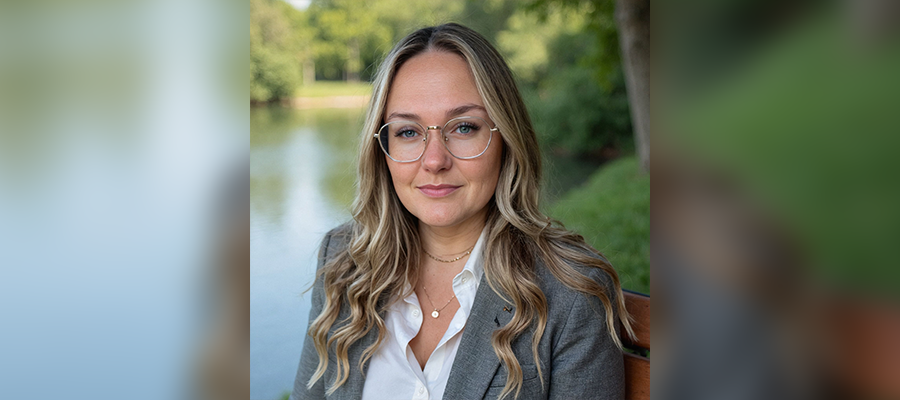Cooling Neighborhoods Across America with Canopy Coverage
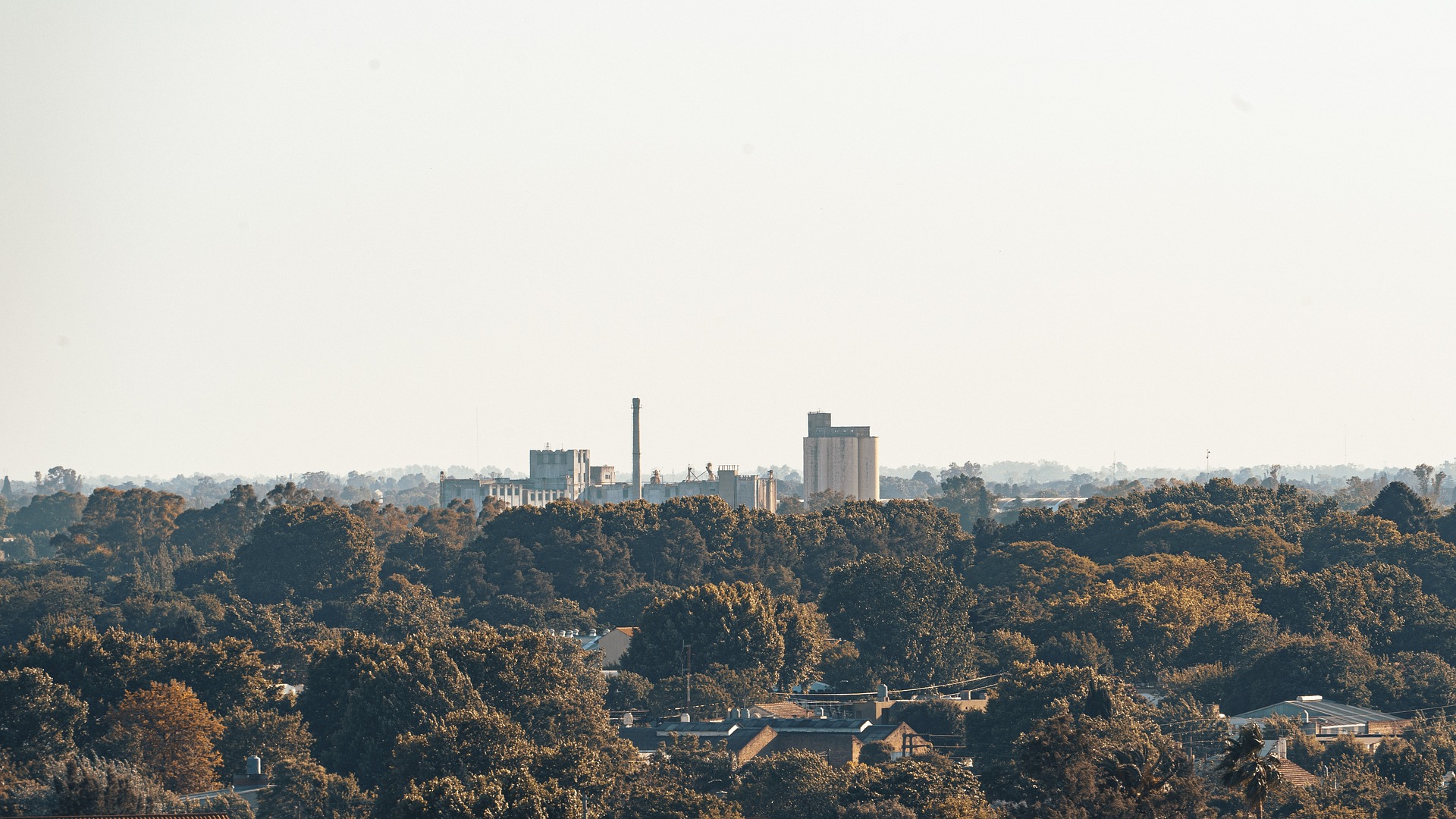
By Kevin Gamble, marketing and communications manager, ACRT Services
As temperatures seemingly get hotter and hotter throughout the country, it’s hard to imagine a world without trees.
A 2021 Landscape Business article authored by ACRT Services Business Development Manager Maegan Mullinax discusses the different ways trees improve our lives, from providing clean air and oxygen to increasing property values and saving energy. Number five on the list resonated with me the most — trees provide much-needed cooling.
The Arbor Day Foundation notes, “Trees play a critical role in creating healthier, safer, and more connected communities. They clean our air, filter our water, and even slow storm surge and flooding in our cities. Trees also provide shade and cool our cities by up to 10 degrees, which can help prevent heat-related deaths in urban areas.”
When I stumbled upon the short documentary “How America’s hottest city is trying to cool down” on Vox by Joss Fong, I was intrigued.
The City of Phoenix has pledged to reach “tree equity” by 2030 by creating an urban forest to achieve an average of 25% shade canopy coverage for the entire city. Phoenix averages 92 days of temperatures over one hundred degrees annually.
The low-income area aspect of the documentary really sparked my interest. It’s fascinating how you can have one neighborhood where it’s 105 degrees, then you travel a handful of miles up the road and it’s sitting in the mid-90s because it’s a more affluent area with more canopy coverage.
This reminded me of the shady tree canopy coverage in my neighborhood, allowing time spent outdoors to be more enjoyable during the summer months. But, if you travel a few miles down the road to the more urban area of Akron, Ohio, it’s not always so comfortable.
The combination of watching this documentary and experiencing this phenomenon myself led me to reach out to Lori Jones, a maintenance services manager at Salt River Project (SRP) to get a better understanding of the initiative being conducted in Phoenix.
“The urban heat island effect is real. The jungles of asphalt and concrete do nothing to help low-income areas,” said Lori.
She shared how SRP used the Right Tree Right Place (RTRP) program to increase the overall canopy coverage throughout the greater Phoenix area while serving as advocates and educators. Through their partnership, SRP and Phoenix removed more than 300 trees encroaching on power lines and planted more than 1,200 utility line-friendly trees to increase their urban canopy. They also partnered with the Arbor Day Foundation to quantify the environmental benefits of the plantings through the Arbor Day Foundation’s Energy-Saving Trees program.
The RTRP program has a handful of guidelines that must be followed, taking into consideration height, canopy spread, whether the tree is deciduous or evergreen, form/shape, growth rate, soil/sun/moisture, and hardiness zone.
They also have a shade tree program where SRP gives two free trees away to any energy-consuming, bill-paying customer who attends an educational workshop to learn about the trees and low water use. The trees they provide customers are often desert-adapted, desirable, native species, such as mesquite and palo verde trees.
“These are wonderful for the desert, but horrible species under power lines. As part of the educational process, we indicate that the planting location is critical to the trees’ success – near or under power lines is not the right place for those species,” shared Lori.
The combination of providing appropriate trees with education from the Right Tree Right Place initiative has been a key contributor to Phoenix increasing its canopy coverage. It’s important for residents to understand the importance of planting trees so that the overhead line encroachment is not an issue.
This isn’t a problem exclusive to Phoenix. Other cities across the U.S., including Los Angeles and San Diego, are working to reduce extreme heat, too.
In 2019, the Mayor of Los Angeles announced 90,000 trees would be planted throughout the city by 2021 as part of L.A.’s Green New Deal. The Los Angeles Times recently reported, as of June 2022, 65,000 trees have been planted.
To help meet the goals of San Diego’s Climate Action Plan, the city has teamed up with San Diego Gas & Electric (SDG&E) to plant more than 2,500 trees in various communities over ten years. “These trees provide long-term environmental benefits to help capture carbon, energy savings provided by shade, storm water runoff reduction, and cleaner air,” shared San Diego councilmember Raul Campillo in a press release.
As cities continue to work towards greater canopy coverage, perhaps we’ll see a decrease in temperatures, an influx of different species, and a more enjoyable environment for both humans and animals.
Related Articles
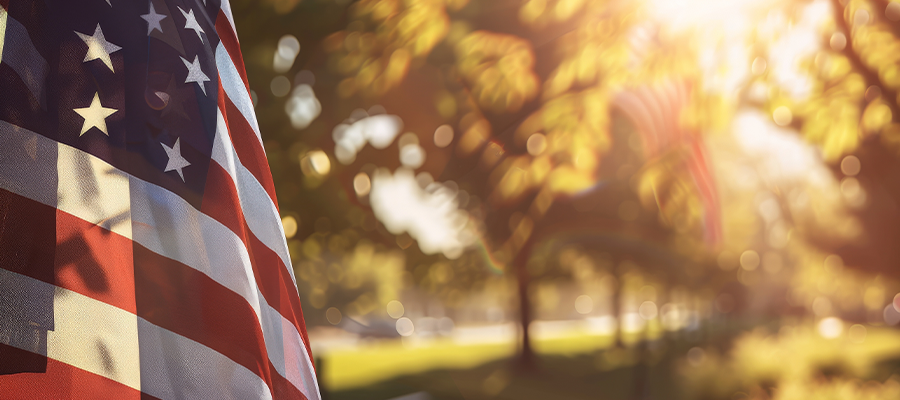
ACRT Services Honors Our Veterans Every year on Veterans Day, we pause to honor the men and women who have worn our nation’s uniform. They come from every background and every corner of the country, united by a common purpose: to serve something greater than themselves. Their service enriches our organization, and we are grateful[...]
Read More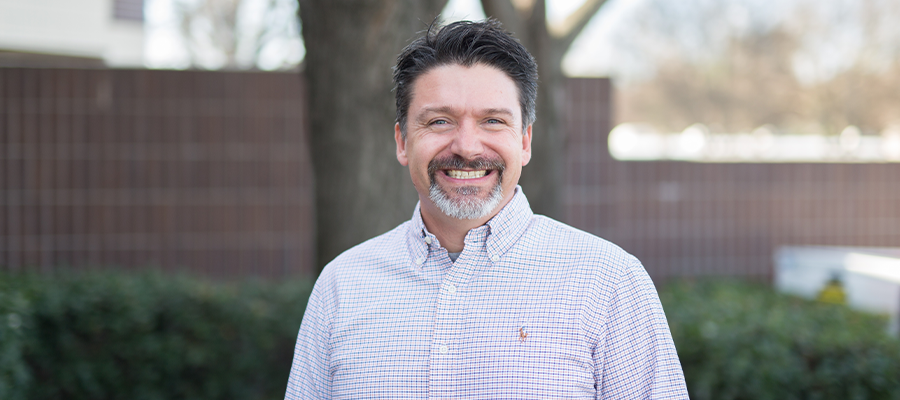
This year, ACRT Services proudly celebrates Senior Manager Bob Urban’s 30th anniversary with our organization Since joining ACRT in 1995, Bob has been a cornerstone of our growth, innovation, and culture. His journey is one defined by dedication, expertise, and commitment to the people and purpose that drive our work. Bob began his career in[...]
Read More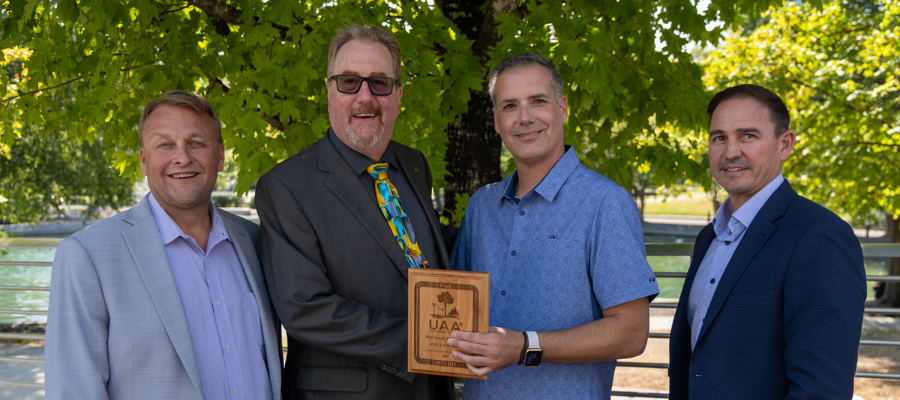
ACRT Services is proud to announce that ACRT, ACRT Pacific, and ACRT Services alumnus Rich Hendler were recognized for their leadership and contributions to the utility vegetation management (UVM) industry at the 2025 Trees & Utilities Conference in Knoxville, Tennessee, hosted by the Utility Arborist Association (UAA). ACRT and ACRT Pacific Receive the 2024 Platinum[...]
Read MoreRecent Posts
- ACRT Services Honors Our Veterans 10th Nov 2025
- From Tree Trimmer to Trusted Advisor: The 30-Year Journey of Bob Urban 30th Oct 2025
- ACRT and ACRT Pacific Earn UAA Awards 27th Oct 2025
Categories
| M | T | W | T | F | S | S |
|---|---|---|---|---|---|---|
| 1 | 2 | 3 | 4 | 5 | 6 | 7 |
| 8 | 9 | 10 | 11 | 12 | 13 | 14 |
| 15 | 16 | 17 | 18 | 19 | 20 | 21 |
| 22 | 23 | 24 | 25 | 26 | 27 | 28 |
| 29 | 30 | 31 | ||||
